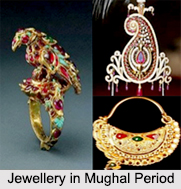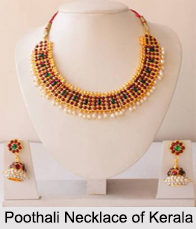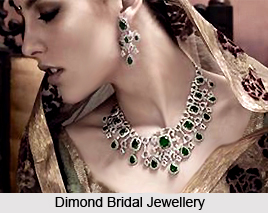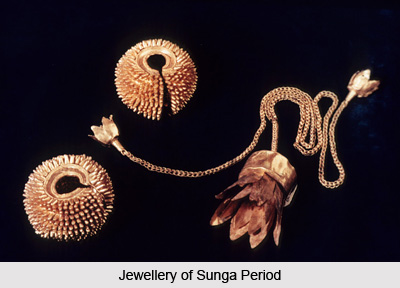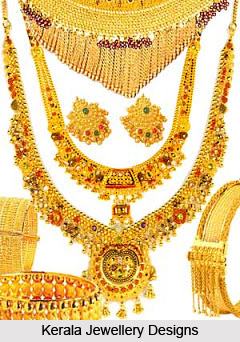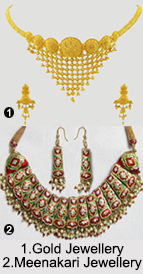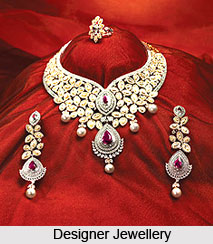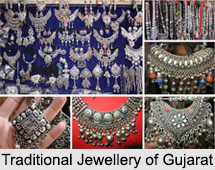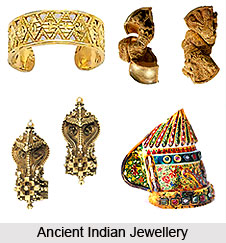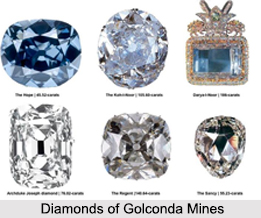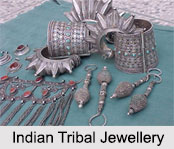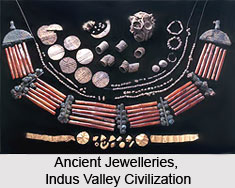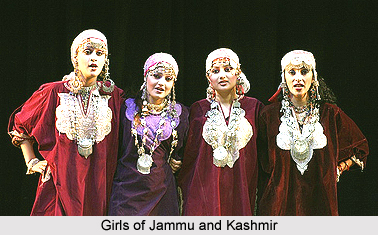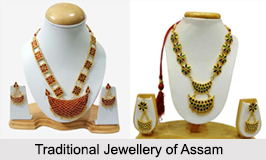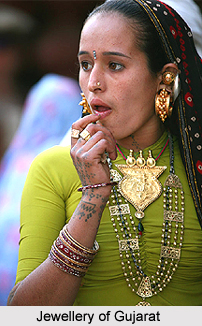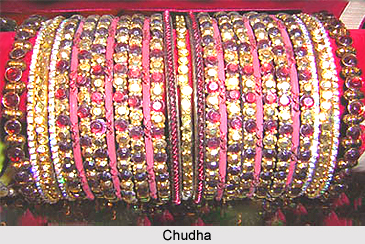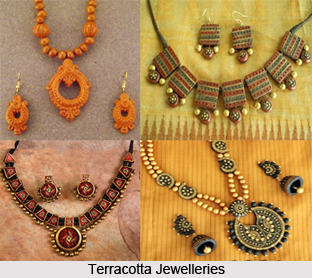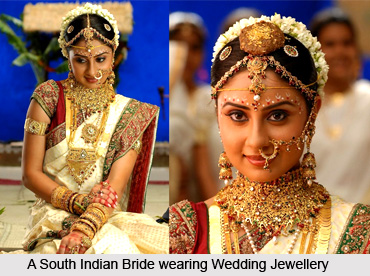 Wedding jewellery in South India is most likely the most exceptional art in Indian society. The bridal necklace, or thalt, with its pendants composed of auspicious emblems is known globally for its elegant look. Another remarkable marriage necklace illustrates the way in which South Indian jewellery, whilst retaining its own unmistakable character, could not entirely escape the effects of fashion elsewhere. The repose details on the pendants of the wedding jewellery in South India, worked in very high relief, are the source of the swami work so popular with the European market in the late nineteenth century. Even the royal jewellery was subject to alien cultural and formal influences that were also worn during marriages. A series of 18th century wall paintings in a temple in Thanjavur, Tamil Nadu, depicts both historical episodes in the history of the local rulers, and scenes from the life of the king, where one can see the unique marriage jewellery of the then South India.
Wedding jewellery in South India is most likely the most exceptional art in Indian society. The bridal necklace, or thalt, with its pendants composed of auspicious emblems is known globally for its elegant look. Another remarkable marriage necklace illustrates the way in which South Indian jewellery, whilst retaining its own unmistakable character, could not entirely escape the effects of fashion elsewhere. The repose details on the pendants of the wedding jewellery in South India, worked in very high relief, are the source of the swami work so popular with the European market in the late nineteenth century. Even the royal jewellery was subject to alien cultural and formal influences that were also worn during marriages. A series of 18th century wall paintings in a temple in Thanjavur, Tamil Nadu, depicts both historical episodes in the history of the local rulers, and scenes from the life of the king, where one can see the unique marriage jewellery of the then South India.
Influences on South Indian Jewellery
The paintings show an interesting array of contemporary Thanjavur jewellery and artifacts, but there is also a surprising Mughal influence. In a few scenes, including a coronation scene, the king is dressed in Mughal attire and turban, complete with turban jewels. The kingdom was also subject to European influence. One of the panels shows Europeans seated in armchairs before the king; another shows two European soldiers offering presents to him. By the time the Ramnad kingdom came under the administration of the British about seventy years later, European influence was beginning to show itself in the marriage jewellery in South India.
The marriage necklaces of South India carry an outstanding aura of regal show. These necklaces has gold beads and pendant on black thread, the gold worked in repose or stamped, with applied wire decoration and cut work panels, inscribed on the back and found in Tamil Nadu, in the late 19th century. The imposing pendant of this necklace is adorned with the images of the Lord Shiva and his consort Parvati seated on Nandi, the sacred bull, before a temple, all worked in repousse, which is pierced in places to reveal the gleam of a red foil backing. Above this, contrasting strongly both in its flatness and in the delicate curving of its cut tracery, is an applied panel depicting a deer dancing on its hind legs between birds of paradise taking flight. A second panel, beneath the repousse panel, has similar birds arranged on a formal scrolling ground with a central palmette. The marriage necklaces of South India are usually stamped and chased along with lac-filled pendants on black thread. The cylindrical pendants, probably deriving ultimately from Iranian forms, were intended to contain small pieces of paper inscribed with Sanskrit mantras. The pendants are auspicious emblems, fruits and vegetables signifying abundance, or miniature representations of temple pinnacles.
Popular wedding jewellery in South India is gold, pave-set with seed pearls and turquoises, the heads with ruby eyes and enamelled details. This necklace, with its chain of interlocking scales, is an adaptation of the serpent jewellery, which was especially popular in the early Victorian period. A European serpent necklace or bracelet would usually fasten by looping the articulated scaly body over the head. On this piece, however, the scales terminate in two quite incongruous wolf-heads snarling each other. The marriage jewellery in South India has a diverse space of admiration amongst the south Indian women. They embellish themselves with these jewelleries not only to look beautiful but also follow all the religious prejudices associated with them.
